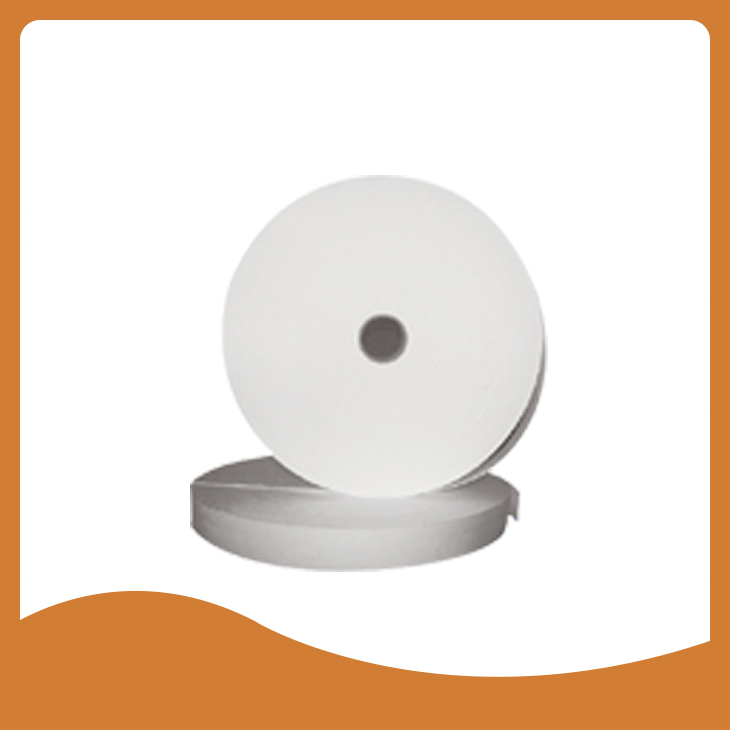
- Home
- Product
- Application
- Market
- News
- About Us
- Contact Us
-




Describe
Despite the fact that vehicles powered by new energy typically utilize lithium batteries with a nominal voltage range of 400~600V, lead-acid batteries remain an indispensable component within these ve
Share:

Despite the fact that vehicles powered by new energy typically utilize lithium batteries with a nominal voltage range of 400~600V, lead-acid batteries remain an indispensable component within these vehicles. The 12V low-voltage system primarily composed of a lead-acid battery serves three crucial functions: providing power to low-voltage electrical accessories such as the ignition switch, interior and exterior lighting controls, remote keys, central door lock controls, horns, defrosters, doors, wipers, and various sensors; waking up the high-voltage power system; and serving as a safety backup energy source. In order to enhance the performance of the low-voltage system in new energy vehicles, it is necessary to achieve a relatively high level of gas permeability index through the AGM separator in the onboard lead-acid battery. By improving the gas permeability index to more than twice that of traditional standards, the separator optimizes the battery's charging and discharging performance, maximizes battery capacity, and significantly extends battery lifespan. Additionally, our company's new energy vehicle AGM battery separator not only significantly improves gas permeability but also maintains its original excellent properties of even thickness, high strength, and good acid absorption. Therefore, the separator ensures that the battery provides stable voltage and current to numerous electronic components across various low and high temperature conditions and in complex work environments, supports deep discharge, and, in conjunction with intelligent charging strategies, maximizes the energy efficiency of lithium batteries.
| Index | |||||
|---|---|---|---|---|---|
| Thickness tolerance(mm) | ±3.5% | Basic weight(g/㎡mm) | 160±5%(20Kpa) | Strength(KN/m) | ≥0.42d |
| Max pore diameter(μm) | ≤20 | Acid wicking g/g | ≥9.0(0Kpa) | Resistance(Ωd㎡/mm) | ≤0.0005 |
| Resilience(%) | ≥94 | Porosity(%) | ≥92 | Climb acid height | ≥85(mm/5min) |
| Water content(%) | ≤0.5 | Acid loss weight(%) | ≤3.0 | Climb acid height | ≥680(mm/24h) |
| Iron(%) | ≤0.003 | Chlorine(%) | ≤0.003 | Loss ignition(cm³s/ c㎡) | ≥22 |